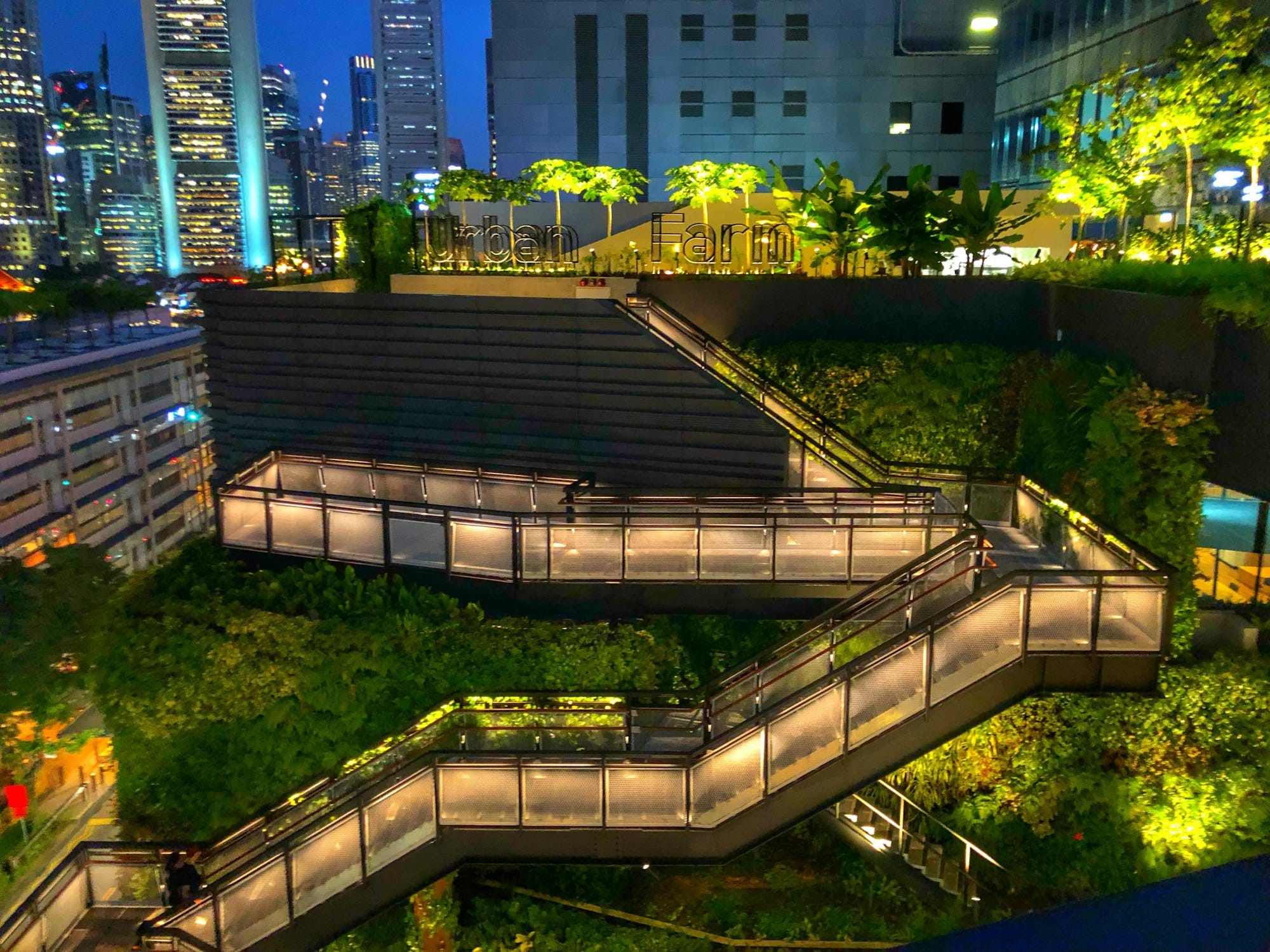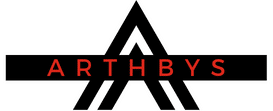How to Design Real Estate Development Projects to Support Urban Farming Initiatives?

In an era where cities are striving to become sustainable and self-sufficient, urban farming has emerged as a revolutionary approach to integrating agriculture in city spaces. This practice entails the production of food in urban areas, making good use of land, rooftops, balconies, and even walls. It has a plethora of benefits, ranging from improving local food access to fostering community bonding. However, the success of urban farming initiatives is heavily dependent on the design of real estate development projects. In this article, we will delve into ways of designing these projects that will effectively support urban farming activities in cities.
Real Estate Development Projects and Urban Farming
Before delving into the design process, it’s necessary to understand the relationship between real estate development projects and urban farming. Essentially, real estate developers have the power to shape the urban environment and influence the potential for farming in city spaces.
A lire en complément : How to Optimize Real Estate Space Utilization Using Internet of Things (IoT) Sensors?
Real estate development projects can be designed to provide space for urban farming activities, thus promoting local food production. This can be achieved by setting aside land for community gardens or incorporating green spaces into building designs that can be used for farming. It also involves creating zoning regulations that allow for urban farming in certain areas of the city.
Identifying Potential Areas for Urban Farming
One of the first steps in designing real estate projects to support urban farming is identifying potential areas for farming within the city. These areas can range from vacant land to rooftops, balconies, and walls of buildings.
A lire également : What Strategies Can Be Used to Attract International Investors to UK Commercial Real Estate?
Cities are teeming with unused or underutilized spaces that could potentially be converted into productive farmland. Using these spaces for farming not only promotes local food production but also contributes to the aesthetic appeal of the city. This requires careful planning and analysis of the city’s land use patterns, zoning regulations, and potential farming sites.
Zoning Regulations and Urban Farming
Zoning regulations play a critical role in facilitating urban farming activities. Zoning laws dictate what a piece of land can be used for in a particular area of the city. Thus, it is essential for real estate developers to work closely with city officials to ensure that zoning regulations support urban farming.
This could involve advocating for the inclusion of urban farming in zoning codes or requesting variances to allow farming in areas where it is currently prohibited. Moreover, developers can design their projects in a way that complies with existing zoning laws while still providing space for urban farming.
Architectural Design and Urban Farming
The architectural design of buildings can also significantly impact the potential for urban farming. For instance, designing buildings with flat, accessible rooftops can provide space for rooftop farms or gardens. Similarly, buildings can be designed with balconies or walls that can accommodate vertical farming methods.
Incorporating urban farming into the architectural design of buildings not only contributes to local food production but also enhances the aesthetic appeal of the buildings. Moreover, it promotes sustainable development by integrating green spaces into the built environment.
Community Engagement and Urban Farming
Community engagement is a vital aspect of designing real estate development projects to support urban farming. It is important to involve local residents in the planning and implementation of urban farming initiatives. This can be achieved by holding community meetings or workshops to gather input and ideas from residents.
Involving the community not only promotes acceptance and support for the project but also fosters a sense of ownership among residents. Furthermore, it enables the project to be tailored to the specific needs and preferences of the community.
In conclusion, designing real estate development projects to support urban farming involves a complex interplay of factors, including identifying potential farming areas, navigating zoning regulations, incorporating farming into architectural design, and engaging the community. By taking these factors into account, real estate developers can contribute significantly to the promotion of urban farming and the creation of more sustainable cities.
Integrating Agriculture into Real Estate Development Projects
Incorporating agriculture into cityscapes is a shared responsibility that requires the collaboration between urban farmers, local governments, and real estate developers. Urban agriculture is a multifaceted practice that ranges from small-scale community gardens to larger urban farms. To maximize the potential of urban farming, real estate developers must implement strategic design and planning.
Designing real estate projects with urban agriculture in mind begins with the identification of potential farming sites within the city. Vacant lots, rooftops, balconies, and even walls can be converted into productive farming spaces. By making use of these underutilized areas, developers can contribute significantly to local food production and food security while enhancing the aesthetic appeal of the urban environment.
Alongside identifying potential farming spaces, understanding and navigating local zoning laws is crucial. These regulations dictate what a specific plot of land can be used for, therefore, real estate developers must work closely with local governments to either advocate for the inclusion of urban farming in zoning laws or request variances to allow agricultural activities in certain urban areas.
Further, the architectural design of the real estate project plays a pivotal role in facilitating urban agriculture. For example, buildings can be designed with flat rooftops to accommodate rooftop farms or gardens. Moreover, the inclusion of balconies or walls in the design can pave the way for vertical farming techniques.
Lastly, community engagement is key in ensuring the success of urban farming initiatives in real estate projects. Through community meetings and workshops, developers can gather valuable insights from residents, promoting a sense of ownership and fostering acceptance for the project.
Conclusion: Building Sustainable Cities through Urban Agriculture
In conclusion, integrating urban agriculture into real estate development projects is a multifaceted process that involves careful planning, zoning regulation navigation, thoughtful architectural design, and community engagement. The relationship between urban farming and real estate development is a symbiotic one – urban farming initiatives benefit from suitable spaces created by thoughtful real estate designs while the presence of urban farms contributes to the aesthetic, environmental, and social value of real estate projects.
As cities continue to strive for sustainability, the integration of urban farming in real estate development projects can offer a promising solution. By actively supporting urban farming initiatives, real estate developers have the power to contribute to local food systems, improve food security, and ultimately, help shape sustainable cities for the future. Therefore, the role of real estate developers in promoting urban agriculture should not be underestimated. They represent a crucial piece of the puzzle in transforming cities into self-sufficient, sustainable, and resilient spaces.
